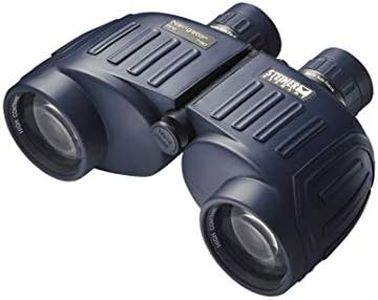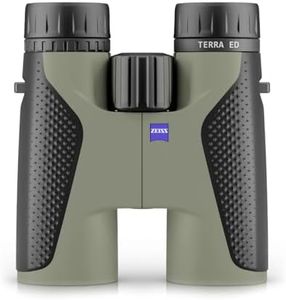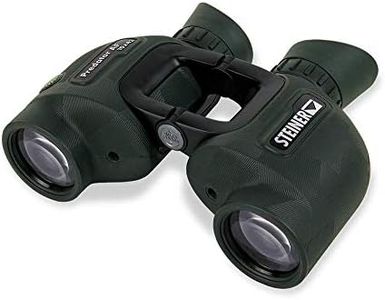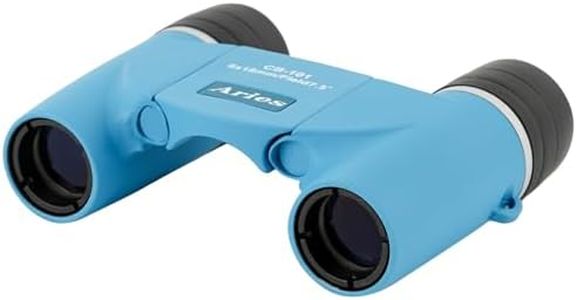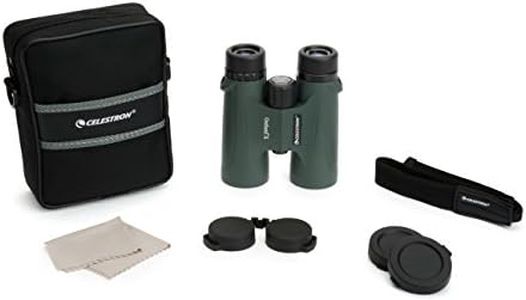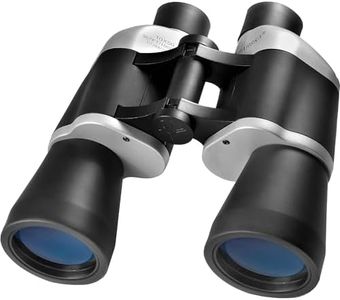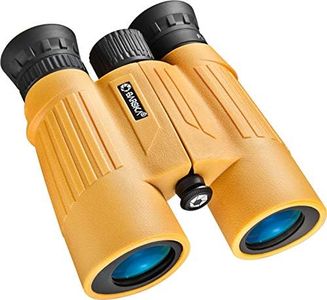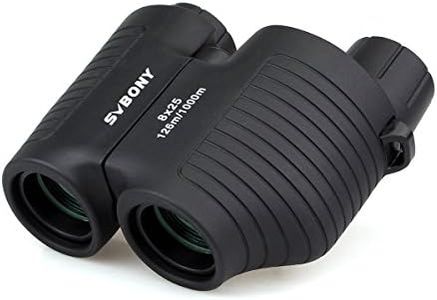We Use CookiesWe use cookies to enhance the security, performance,
functionality and for analytical and promotional activities. By continuing to browse this site you
are agreeing to our privacy policy
10 Best Auto Focus Binoculars
From leading brands and best sellers available on the web.By clicking on a link to a third party's website, log data is shared with that third party.
Buying Guide for the Best Auto Focus Binoculars
Choosing auto-focus binoculars can make your outdoor experience much simpler, especially if you want to spot wildlife, watch sports, or enjoy scenery without having to manually adjust the focus every time. The right pair should feel comfortable and provide a clear, bright image suited to your main activities. Before buying, consider where and how often you'll use them, as well as what kinds of subjects or scenes you'll most want to see. Understanding the key specifications will help you select a pair that matches your needs, offering the best balance of clarity, ease of use, and portability.MagnificationMagnification refers to how many times closer an object will appear compared to viewing with the naked eye. It's usually indicated as the first number in a pair like '8x42' (here, 8x means eight times closer). Lower magnifications like 7x or 8x are best for stability and wide field of view, making them good for general use, birdwatching, or sports. Higher magnifications, like 10x, bring details even closer but are harder to keep steady and may be more suited to viewing distant objects such as stars or ships. Think about how steady you'll be able to hold the binoculars and what you'll be looking at most often to choose the right magnification.
Objective Lens DiameterThe objective lens diameter, shown as the second number in a spec like '8x42', refers to the size (in millimeters) of the lens at the front of the binoculars. A larger diameter lets in more light, which helps produce brighter, clearer images, especially in low light conditions. Smaller lenses (25-32mm) keep binoculars light and compact, great for daytime use and travel. Medium sizes (40-42mm) balance brightness and portability, while larger lenses (over 50mm) are bulkier but excellent for twilight or nighttime viewing. Consider the lighting in your typical viewing conditions and whether you'll be carrying binoculars for long periods.
Field of ViewField of view tells you how wide an area you can see through the binoculars at a certain distance, often expressed as feet at 1,000 yards or meters at 1,000 meters. A wider field of view makes it easier to locate and follow moving subjects, like birds or athletes. Narrower fields bring you closer to the subject but reduce the visible area, which can make tracking movement harder. If you plan to watch fast-moving objects or want a more immersive experience, opt for a wider field of view. For stationary or very distant subjects, a narrower field can still be useful.
Prism TypeBinoculars use prisms to keep the image right-side up, and there are two main types: Porro prism and roof prism. Porro prism binoculars are bulkier but often provide a wider field of view and can be brighter. Roof prism binoculars are more compact and straight in shape, making them easier to carry and handle. If portability and a slim design matter most to you, go with roof prism models. For traditional feel and potentially better image quality at similar prices, Porro prisms can be the way to go.
Eye ReliefEye relief is the distance your eyes can be from the eyepieces while still seeing the whole image, measured in millimeters. This is especially important if you wear glasses, since you'll need longer eye relief (about 15mm or more) to see the full picture comfortably. If you don't wear glasses, standard eye relief should be fine, but adjustable eyecups can help everyone get a comfortable fit. Check this spec if you use eyewear or want maximum viewing comfort.
Weight and SizeWeight and size affect how easy it is to carry and use your binoculars for long periods. Lightweight and compact models are great if you’ll be hiking, traveling, or holding them for extended viewing sessions. Heavier, larger binoculars can tire your arms faster but sometimes offer brighter images and more stability. Think about whether you’ll be stationary or on the move, and pick a pair that matches your physical comfort needs.
Water and Fog ResistanceWater and fog resistance mean your binoculars can handle damp or changing weather conditions without the lenses fogging up or the optics being damaged. Models described as waterproof and nitrogen- or argon-purged are designed for outdoor activities like birding, boating, or hiking, where moisture and temperature changes are common. If you’ll be outside a lot or near water, choose binoculars with these protections to ensure durability.
